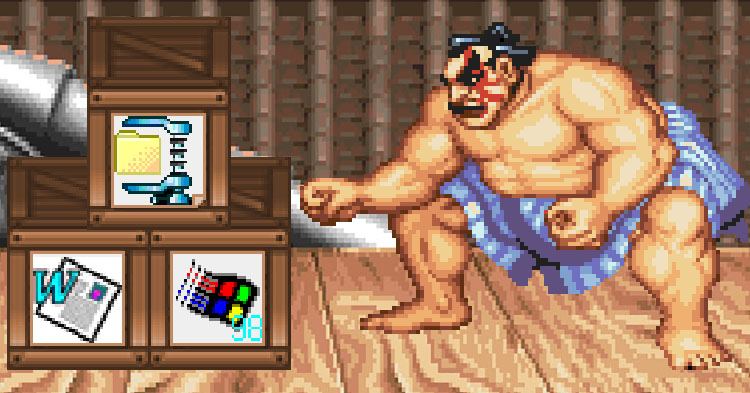A colleague suggested I’d share my experience as a contractor. Hopefully this helps you if you’re about to become one or are just starting out.
In this post I will cover the growing pains. I will then touch on managing your finances as contractor. Lastly, I will discuss ways to get more work.
How it all started…
So, back to the start. When I came to the UK in 2013, I already had quite an impressive profile. I was sure securing a contract would be a piece of cake. It wasn’t.
I spent every day iterating over my CV, polishing my LinkedIn profile and making sure anyone looking for my skills would find me. I posted on every major board, applied to every role.
In fact, because I had a broad range of skills, I had several, specialised CVs. I used each one to apply to opportunities that matched the skills it highlighted.
Despite my experience and commitment, it took me 3 months to secure my first contract. I would later learn that securing the first contract is the hardest challenge. Not many companies want to risk it with a first-time-contractor.
On my first contract, I agreed a very low rate for the first month, with the condition of it increasing after the first month of me proving myself.
This is my first point. Expect to have to work hard and not see any results for the first few months. Don’t panic. This is normal. Keep at it. Be creative. Be flexible.
What do I do with all this money?
This leads me to my second point: managing your finances. Being so long without income taught me a lesson I will never forget. Always have at least 3 months of living expenses in reserve. You never, ever touch that reserve unless you absolutely have to.
Don’t put that money into a savings account, unless it’s an instant access one. You want that money there to pay the bills if you can’t secure a contract for months. As I mentioned earlier, this can definitely happen.
Another thing on the subject of finances. Figure out your rate. Start low and go up as quickly as you are comfortable with.
Ever since that first contract, I have not reduced my rate. In most cases, I’ve increased it. This makes sense, as I am more experienced and have more to offer with every contract. Over 8 years, I have more than doubled my initial rate.
This is a choice you have to make. Are you willing to wait longer for the right contract, potentially losing money in the interim? This will let you continuously increase your rate.
You could probably have shorter gaps if you accept a lower rate. That does mean working a lot harder for the same income, though.
So… How do I get work?
Make sure to get reviews from your clients after every contract. Build your portfolio. Keep polishing it. Keep connecting with people in the industry. Start building a reputation.
Be involved in the community, if you are comfortable with it. Write a blog (or a book!). Start a podcast. Be helpful on Stackoverflow.
To sum things up:
- Expect a rough start
- Don’t give up easily
- Have savings for a rainy day
- Figure out your rate
- Adjust your rate ovet time
- Keep promoting yourself
It’s an exciting world with plenty of learning opportunities. But it’s not all smooth sailing.
If you have any questions, please feel free to contact me. Hopefully I will be able to help!









